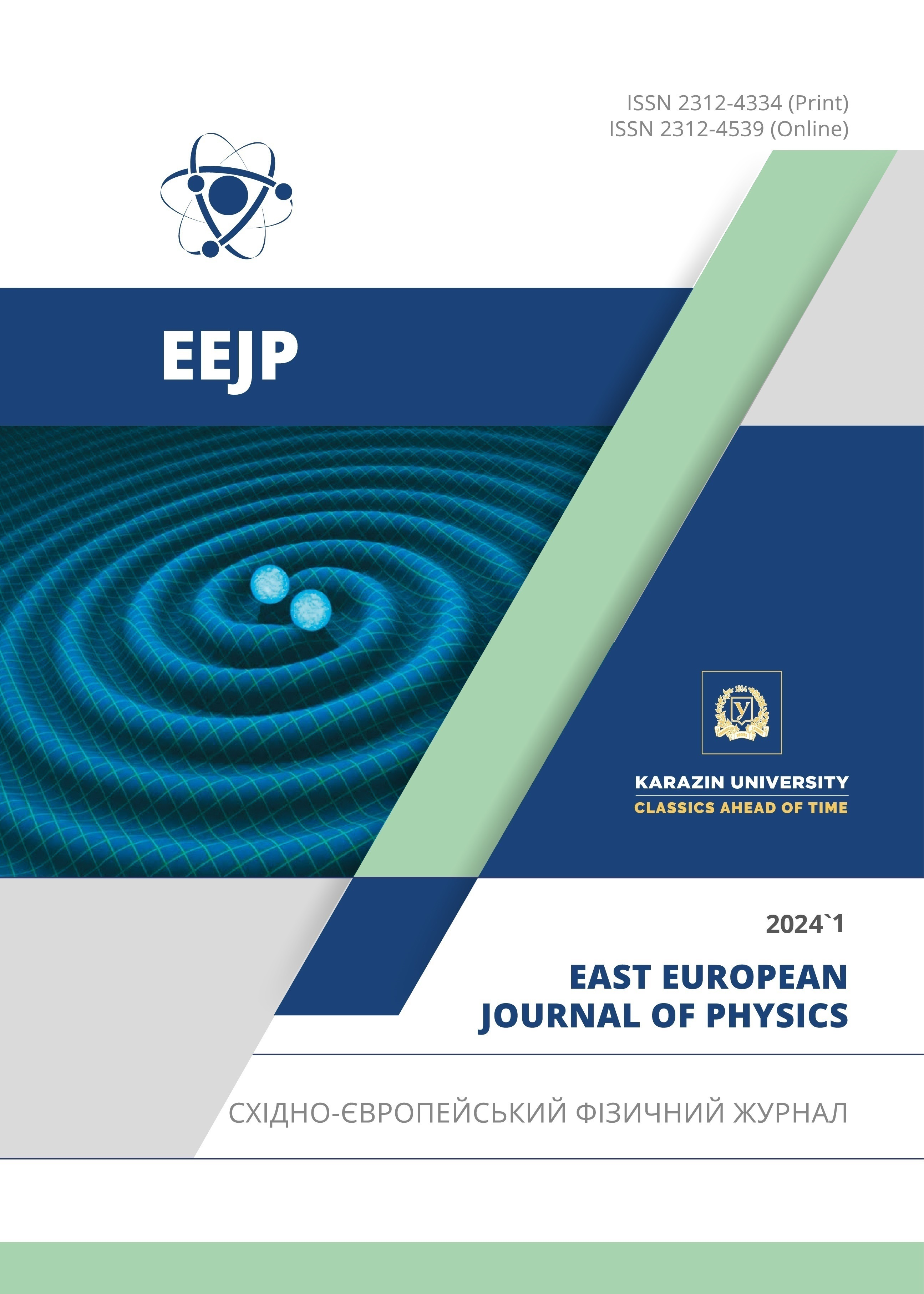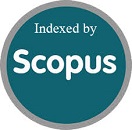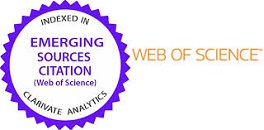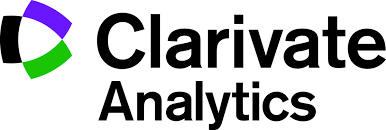Вплив умов легування на властивості кластерів атомів нікелю
Анотація
Показано, що динаміка зміни стану кластерів нікелю залежить від максимальної температури дифузії та швидкості охолодження. Встановлено, що зі збільшенням температури відпалу та швидкості охолодження спостерігається збільшення щільності та зменшення розміру кластерів. При цьому основна увага приділялася визначенню закономірностей зміни щільності, розмірів і структури кластерів від температури та охолодження. Процес і динаміка взаємодії кластерів залежить від коефіцієнта дифузії домішкових атомів у ґратці та рівня перенасичення твердого розчину. Встановлено, що при зміні температури відпалу від T = 1100℃ до 1250℃ щільність кластерів зростає майже на 1-1,5 порядків, а їх розмір зменшується в 5-6 разів. Вірогідно, що для отримання кластерів з відтворюваними параметрами оптимальна швидкість охолодження становить 200–300℃.
Завантаження
Посилання
Z. Saparniyazova, T. Ismaylov, G. Abdireymova, G. Turmanova, and T.Kh. Hakimov, “Influence of γ - radiation on the properties of silicon with clusters impurity atoms of manganese and nickel,” E3S Web of Conferences, 289, 07020 (2021).
B.I. Boltaks, Diffusion in semiconductors, (State publishing house of physical and mathematical literature, Moscow, 1971). (in Russian)
S.I. Vlasov, and F.A. Saparov, "Effect of pressure on the electric properties of passivating coatings based on lead borosilicate glasses,” Surface Engineering and Applied Electrochemistry, 47(4), 338-339 (2011). http://dx.doi.org/10.3103%2FS1068375511040156
Z.M. Saparniyazova, K.A. Ismailov, A.K. Uteniyazov, and Kh.U. Kamalov, “Effect of the diffusion temperature on interaction of clusters with impurity atoms in silicon,” Semiconductor Physics, Quantum Electronics and Optoelectronics, 24(1), 22 25 (2021). https://doi.org/10.15407/spqeo24.01.022
K.M. Iliev, Z.M. Saparniyazova, K.A. Ismailov, O.E. Sattarov, and S. Nigmonkhadzhaev, “Interaction of radiation defects with nickel atom clusters in silicon,” Surf. Engin. Appl. Electrochem. 47(5), 385–387 (2011). https://doi.org/10.3103/S1068375511050103
Kh.S. Daliev, Sh.B. Utamuradova, O.A. Bozorova, and Sh.Kh. Daliev, “Joint effect of Ni and Gf impurity atoms on the silicon solar cell photosensitivity,” Applied Solar Energy, 41(1), 80–81 (2005). https://www.researchgate.net/publication/294234192
Sh.B. Utamuradova, Kh.S. Daliev, E.K. Kalandarov, and Sh.Kh. Daliev, “Features of the behavior of lanthanum and hafnium atoms in silicon,” Technical Physics Letters, 32(6), 469–470 (2006). https://doi.org/10.1134/S1063785006060034
Sh.Kh. Daliev, and F.A. Saparov, “On the properties of the Si-SiO2 transition layer in multilayer silicon structures”, East European Journal of Physics, (4), 206-209 (2023), https://doi.org/10.26565/2312-4334-2023-4-25.
Sh.B. Utamuradova, Sh.Kh. Daliev, D.A. Rakhmanov, A.S. Doroshkevich, V.A. Kinev, O.Yu. Ponamareva, et al., Advanced Physical research, 5(2), 73-80 (2023). http://jomardpublishing.com/UploadFiles/Files/journals/APR/V5N2/Utamuradova_et_al.pdf
S.B. Utamuradova, S.Kh. Daliev, E.M. Naurzalieva, and X.Yu. Utemuratova, “Investigation of defect formation in silicon doped with silver and gadolinium impurities by raman scattering spectroscopy”, East European Journal of Physics, (3), 430–433 (2023). https://doi.org/10.26565/2312-4334-2023-3-47
A. Muratov, Z. Saparniyazova, I.I. Bakhadirov, and A. Bijanov, “Analysis of electricity loss calculation methods in distribution networks,” E3S Web of Conferences, 289, 07017 (2021).
S.I. Vlasov, F.A. Saparov, and K.A. Ismailov, “Effect of pressure on the characteristics of Schottky barrier diodes made of overcompensated semiconductor,” Semiconductor physics, quantum electronics & optoelectronics, 13(4), 363-365 (2010). http://journal-spqeo.org.ua/n4_2010/v13n4-2010-p363-365.pdf
Sh.B. Utamuradova, A.V. Stanchik, and D.A. Rakhmanov, “X-ray structural investigations of n-Si irradiated with protons”, East European Journal of Physics, (2), 201-205 (2023). https://doi.org/10.26565/2312-4334-2023-2-21
Abdurakhmanov K.P., Kulikov G.S., Lebedov A.A., Utamuradova Sh. B., and Yusupova S.A. “Influense of Oxygen and Carbon on the behavior of manganese in n-type Si”, Soviet physics semiconductors-USSR, 25(6), 648-650 (1991). https://istina.msu.ru/journals/419406/ (in Russian)
Sh.Kh. Daliev, Y.A. Saydimov, F.A. Saparov, and F.B. Umarov, “Influence of pressure on characteristics metal-semiconductor interface boundaries”, in: Proceedings of the 1st International Scientific and Practical Internet Conference, “Importance of Soft Skills for Life and Scientific Success,” (FOP Marenichenko, V.V., Dnipro, Ukraine, 2022). pp.41-45. https://ibn.idsi.md/sites/default/files/imag_file/Importance%20of%20Soft%20Skills%20for%20Life%20and%20Scientific%20Success_2022-1.pdf
D.M. Esbergenov, E.M. Naurzalieva, and S.A. Tursinbaev, “Enhancing the perfection of a silicon crystal doped with nickel and zinc impurities”, East European Journal of Physics, (4), 172-176 (2023), https://doi.org/10.26565/2312-4334-2023-4-19
Sh.B. Utamuradova, K.S. Daliev, Sh.Kh. Daliev, and U.K. Erugliev, Capacitive spectroscopy of deep levels in silicon with samarium impurity, East European Journal of Physics, (4), 303 (2023), https://doi.org/10.26565/2312-4334-2023-4-39
Kh.S. Daliev, Sh.B. Utamuradova, O.A. Bozorova, and Sh.Kh. Daliev, “Joint influence of impurity atoms of nickel and hafnium on photosensitivity of silicon solar cells,” Geliotekhnika, (1), 85–87 (2005).
S.B. Utamuradova, Z.T. Azamatov, M.A. Yuldoshev, N.N. Bazarbayev, and A.B. Bakhromov, “Investigations of nonlinear optical properties of lithium niobate crystals,” East European Journal of Physics, (4), 147 (2023). https://doi.org/10.26565/2312-4334-2023-4-15
A.Yu. Leyderman, R.A. Ayukhanov, R.M. Turmanova, A.K. Uteniyazov, and E.S. Esenbaeva, “Non-recombination injection mode,” Semiconductor Physics, Quantum Electronics and Optoelectronics, 24(3), 248-254 (2021). https://doi.org/10.15407/spqeo24.03.248
N.A. Turgunov, E.Kh. Berkinov, and R.M. Turmanova, “The effect of thermal annealing on the electrophysical properties of samples n-Si,” East European Journal of Physics, (3), 287 (2023). https://doi.org/10.26565/2312-4334-2023-3-26
Авторське право (c) 2024 Канатбай А. Ісмаїлов, Зліха М. Сапарніязова, Гульчехра Т. Кудешова, Гульбадан А. Сейтімбетова, Файзулла А. Сапаров

Цю роботу ліцензовано за Міжнародня ліцензія Creative Commons Attribution 4.0.
Автори, які публікуються у цьому журналі, погоджуються з наступними умовами:
- Автори залишають за собою право на авторство своєї роботи та передають журналу право першої публікації цієї роботи на умовах ліцензії Creative Commons Attribution License, котра дозволяє іншим особам вільно розповсюджувати опубліковану роботу з обов'язковим посиланням на авторів оригінальної роботи та першу публікацію роботи у цьому журналі.
- Автори мають право укладати самостійні додаткові угоди щодо неексклюзивного розповсюдження роботи у тому вигляді, в якому вона була опублікована цим журналом (наприклад, розміщувати роботу в електронному сховищі установи або публікувати у складі монографії), за умови збереження посилання на першу публікацію роботи у цьому журналі.
- Політика журналу дозволяє і заохочує розміщення авторами в мережі Інтернет (наприклад, у сховищах установ або на особистих веб-сайтах) рукопису роботи, як до подання цього рукопису до редакції, так і під час його редакційного опрацювання, оскільки це сприяє виникненню продуктивної наукової дискусії та позитивно позначається на оперативності та динаміці цитування опублікованої роботи (див. The Effect of Open Access).








